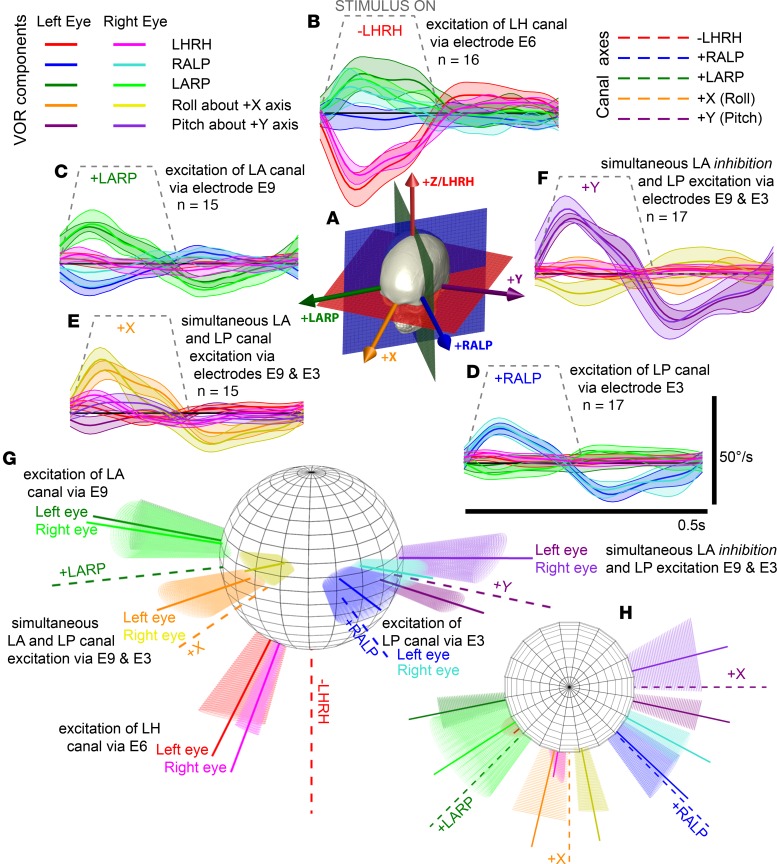Figure 7. Coordinated multi-electrode input encodes 3D head rotation axis.
Simultaneous selective stimulation of multiple ampullary nerves scaled to represent the 3 canal axis components of 3D head rotation can drive 3D VOR responses about an axis that approximates the head rotation axis encoded by the implant. (A) Anatomic canal axes (+LARP, +RALP, +LHRH), naso-occipital (+x) axis, and interaural (+y) axis. Trapezoidal 50% modulation depth equivalent head velocity stimulation via MVI002’s (B, electrode E6) LH, (C, E9) anterior, and (D, E3) posterior canals individually each evoked 3D eye velocities approximately aligned with target canal axis. Data are shown as mean ± SD for n cycles. (E) Simultaneous in-phase stimulation via LA E9 and LP E3 yields roll eye response aligned with +x axis, and (F) counter-phase stimulation yields pitch response aligned with +y axis. (G) In each case, mean response axis for each eye aligns approximately with intended head rotation axis as viewed in 3D (H, same data from top-down view). Elliptical cones illustrate eigenvalues of response axis covariance matrices.

